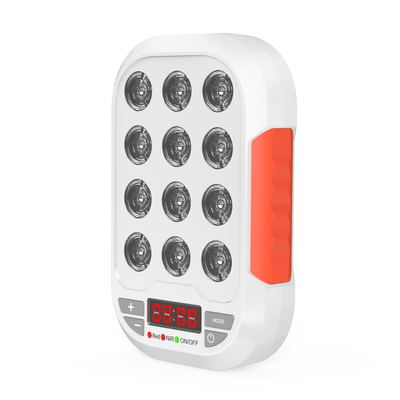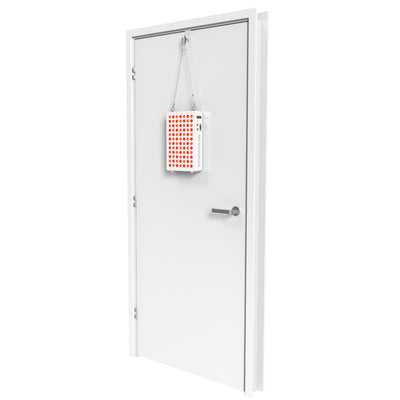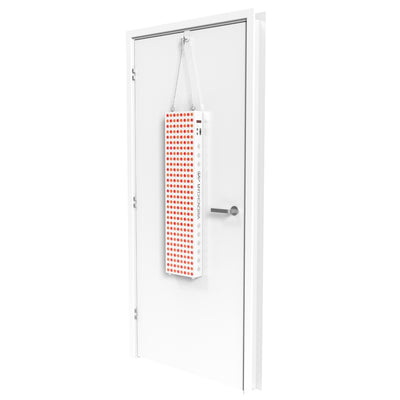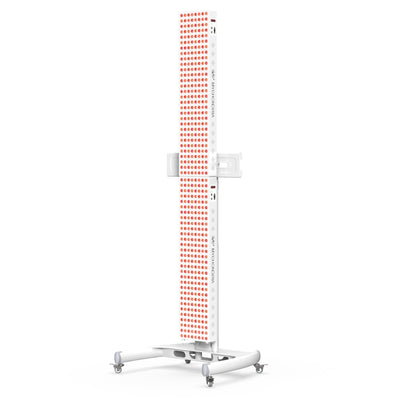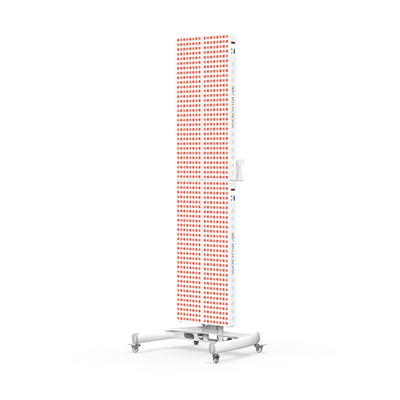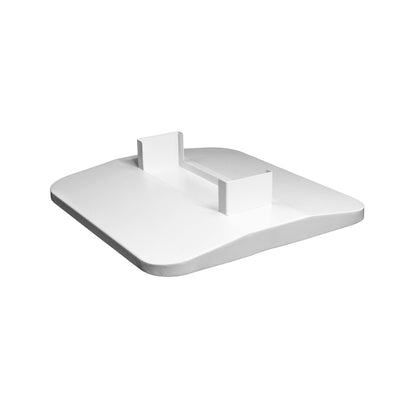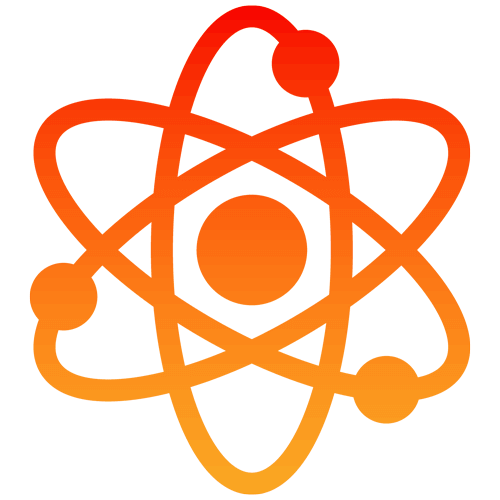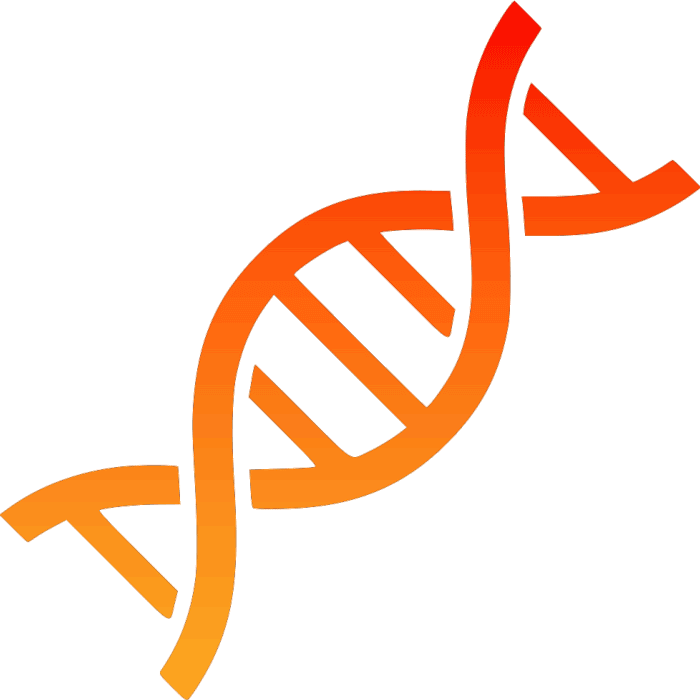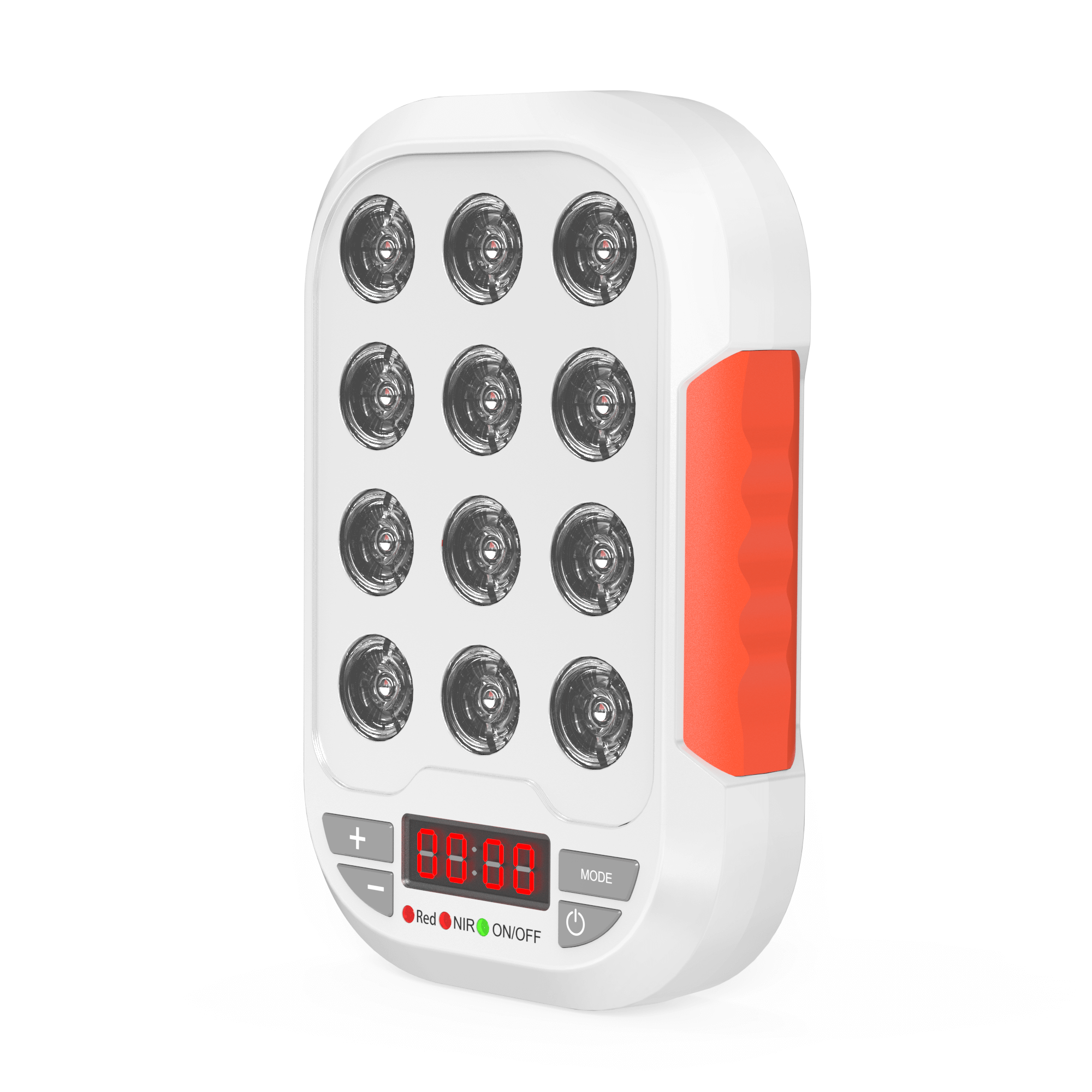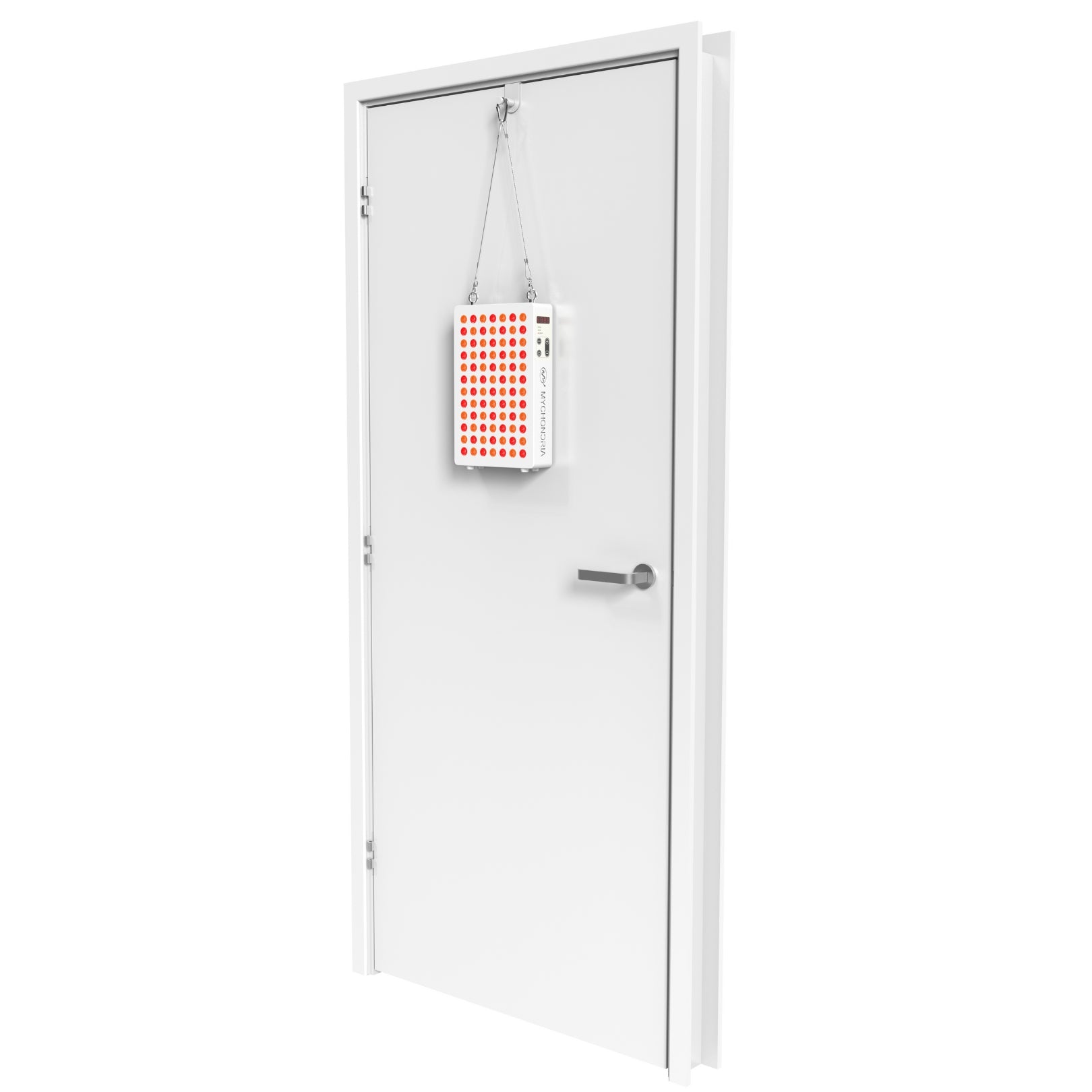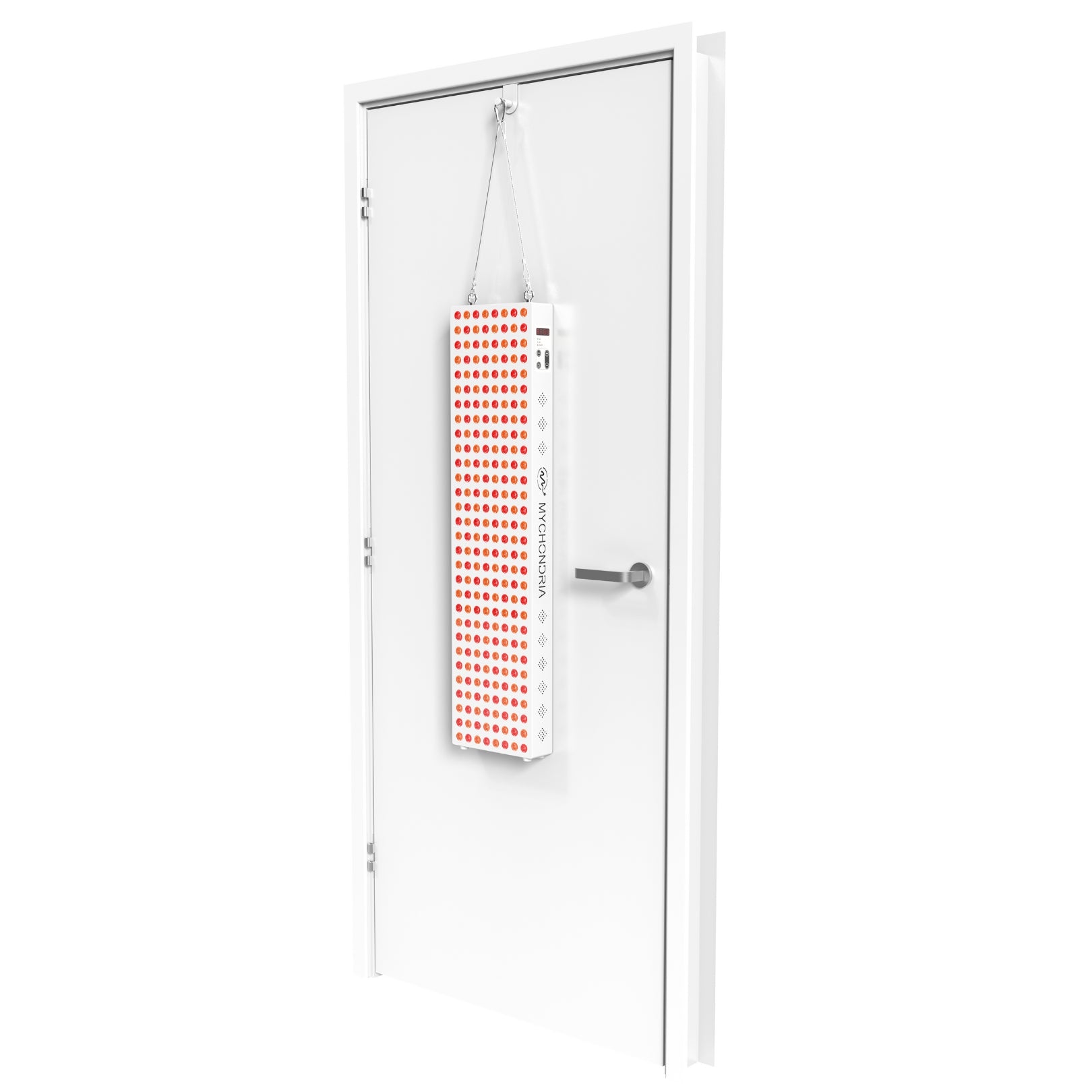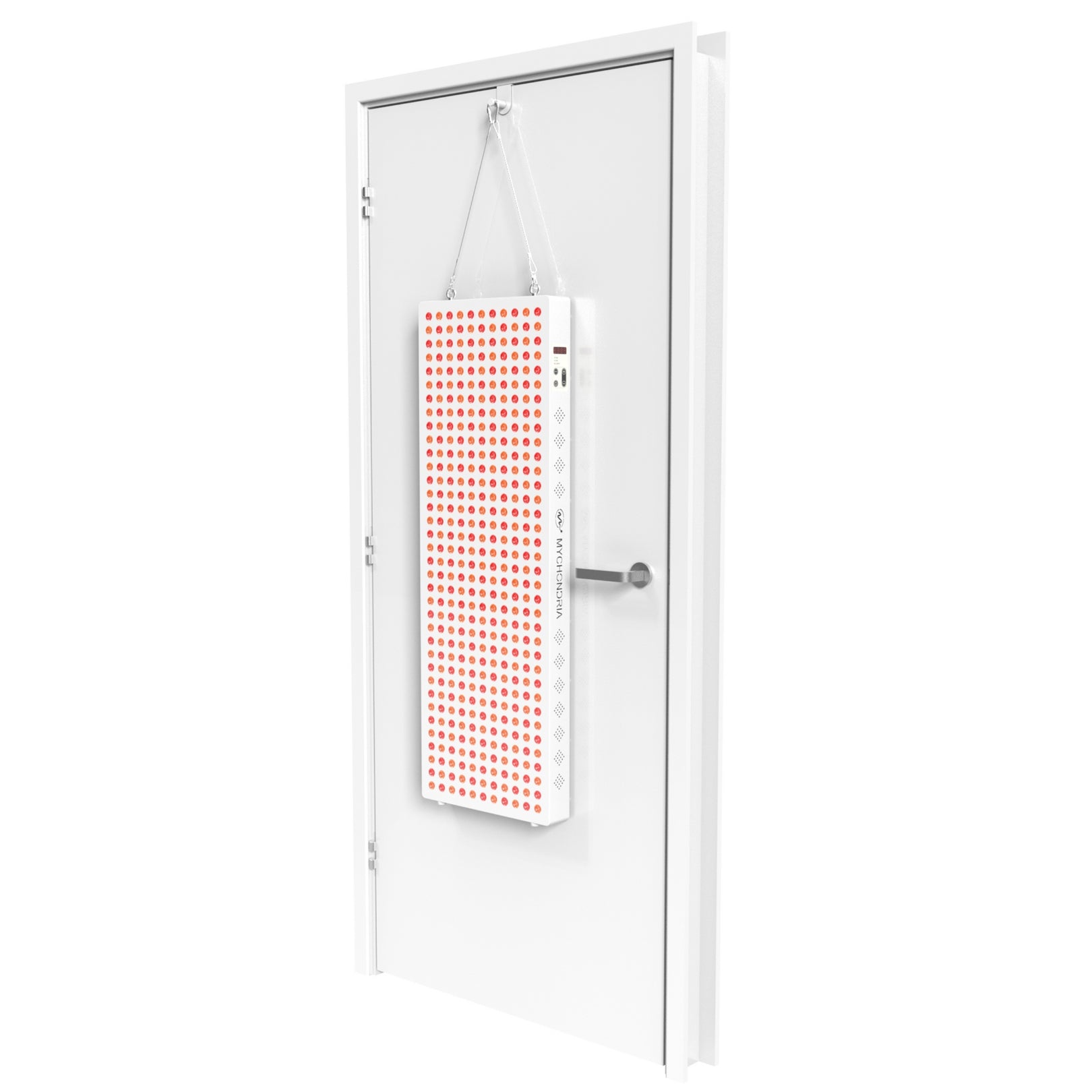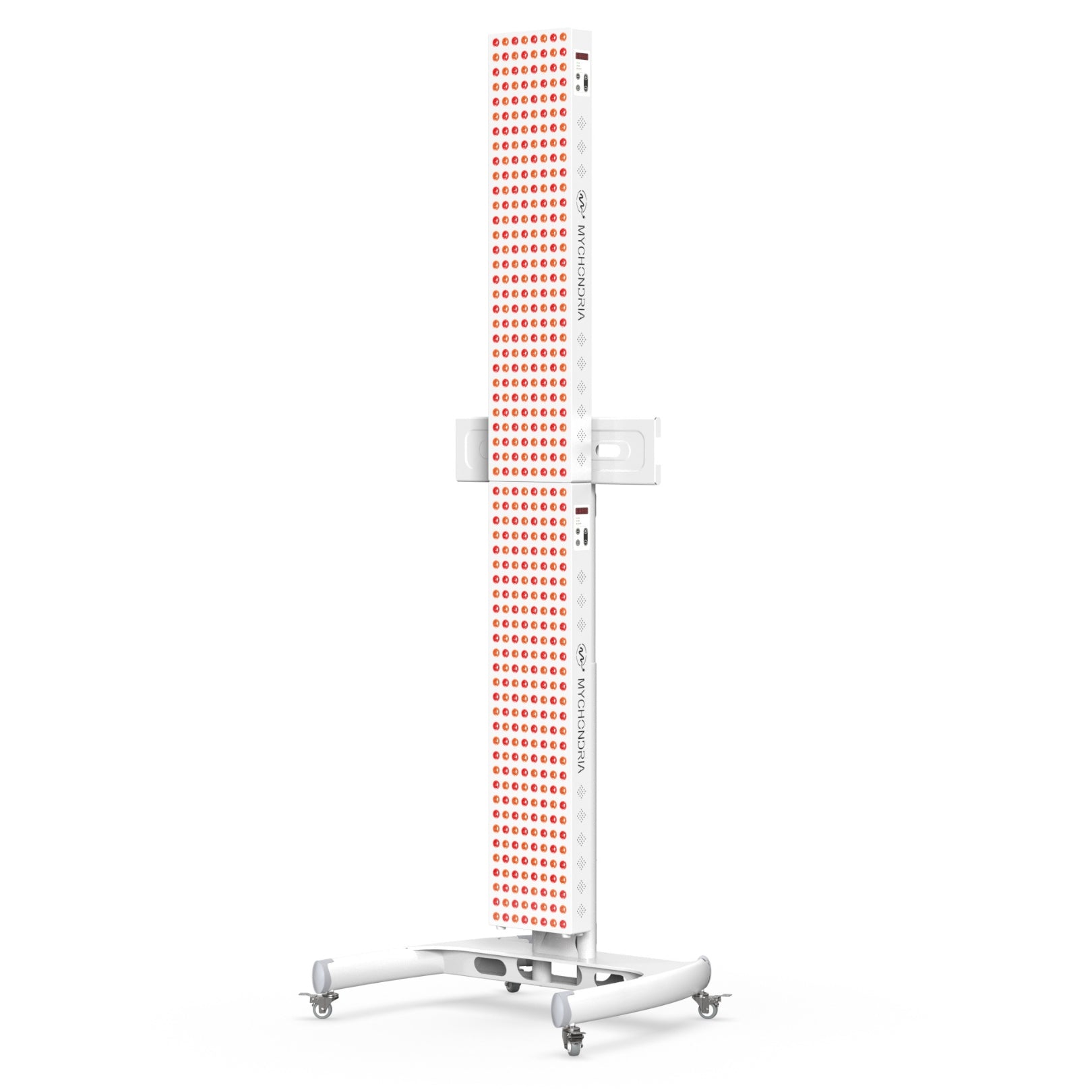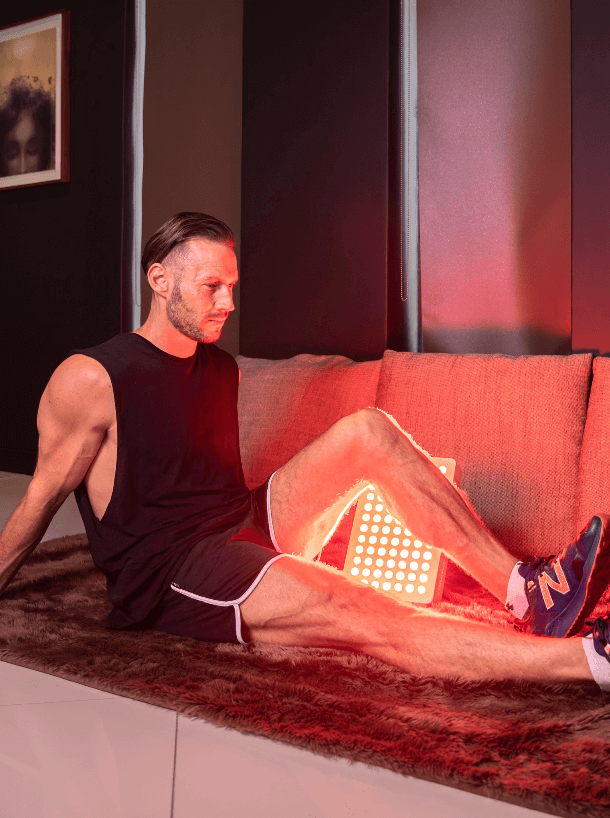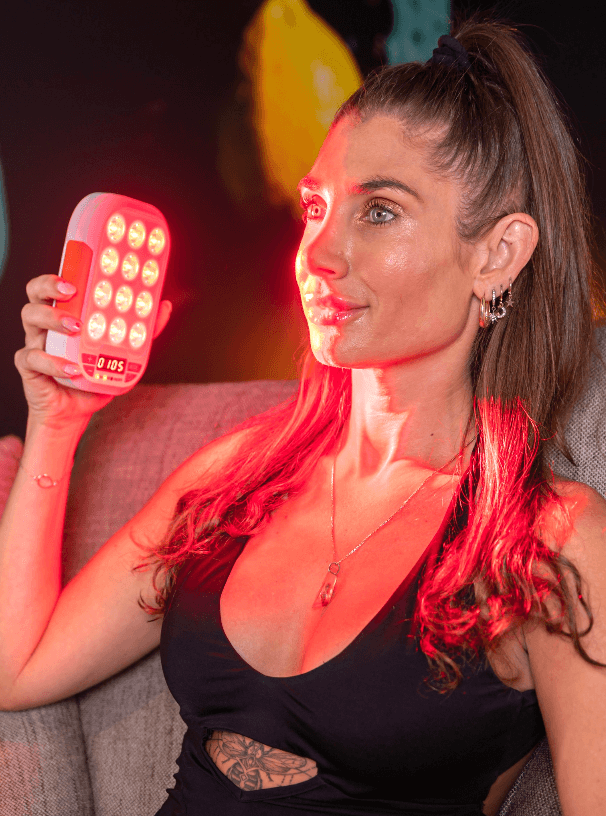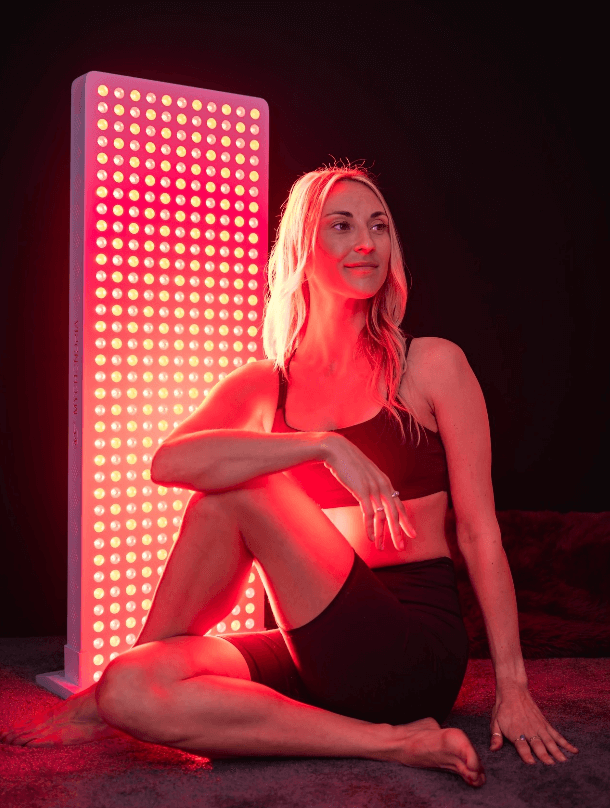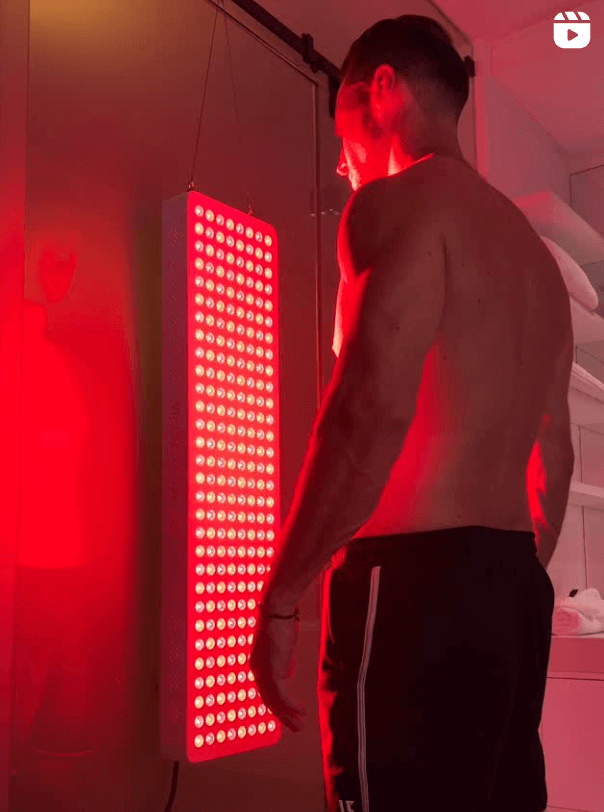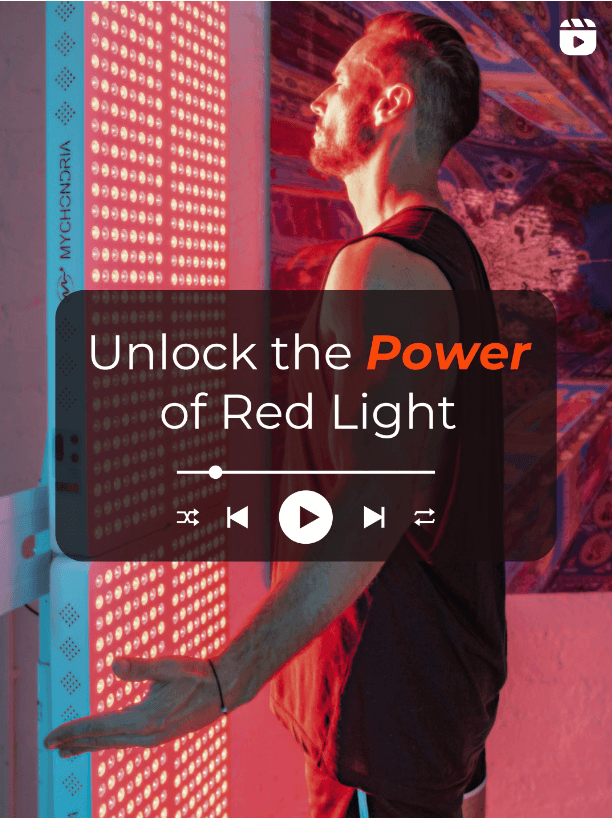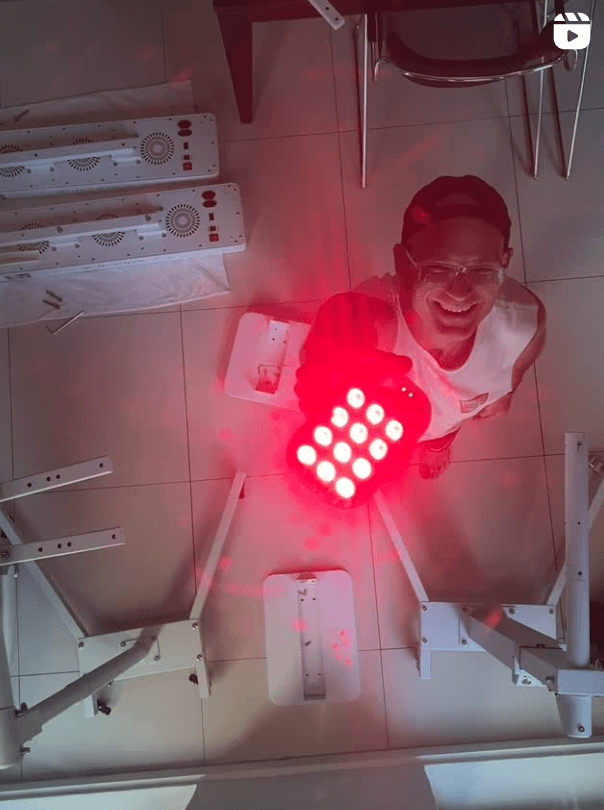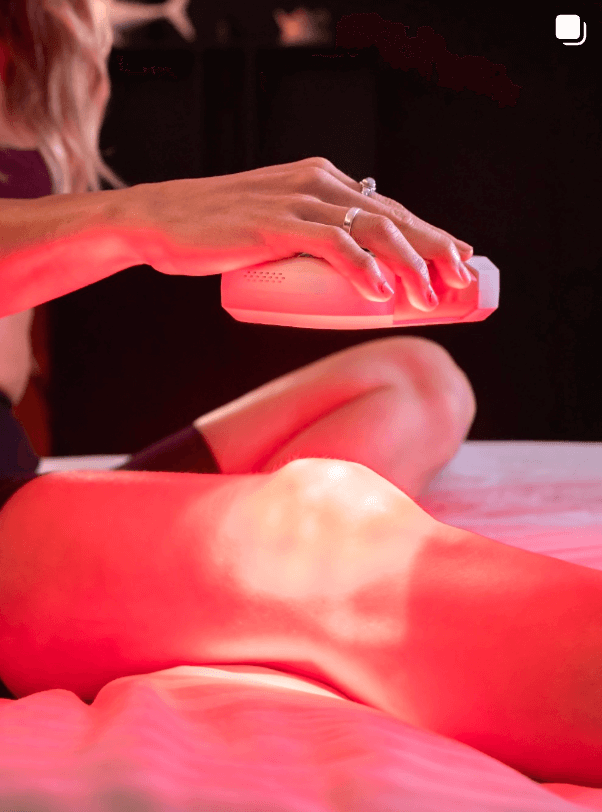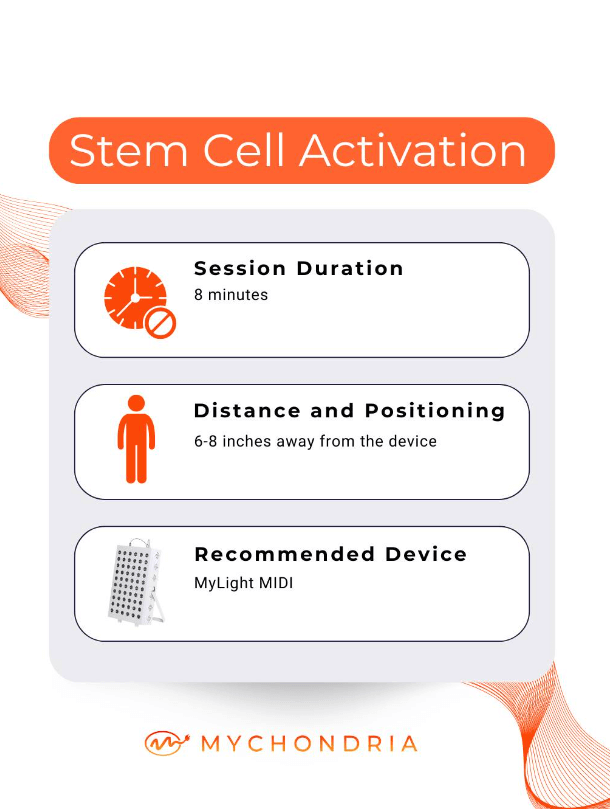Tendonitis is a common problem that causes pain and inflammation in the body's tendons.
Traditional treatments like medication and physical therapy can help, but there is a promising alternative called red light therapy.
In this blog post, we will explore how red light therapy works, look at scientific evidence supporting its use for tendonitis, and discuss why it could be a safe and helpful treatment option.
Understanding Red Light Therapy
Red light therapy, also known as low-level laser therapy, uses special lights with low energy to stimulate healing in the body.

These lights, usually red or near-infrared, go through the skin and reach deep tissues. They interact with cells, particularly the mitochondria, which are like little powerhouses inside our cells.
This interaction helps cells produce more energy, improves blood flow, reduces inflammation, and helps repair tissues.
The Scientific Evidence
(1) A study performed by Dr Hamblin at Harvard Medical School on the effect of red light therapy and inflammation concluded that the best results were noted specifically in improving joint disorders and traumatic musculoskeletal injuries
(2) A meta-analysis study looked into 12 studies recently conducted on the effect of red light therapy for tendonitis and concluded that this type of therapy is proven to be highly effective.
(3) A pilot study performed on injured athletes with pain, swelling and inflammation around their joints was conducted over four weeks.
It was concluded in this study that red light therapy exhibited a substantial improvement, pain alleviation and faster recovery time than the placebo light.
How Red Light Therapy Helps Tendonitis
Red light therapy helps tendonitis in several ways. First, it increases the production of ATP, which is the energy cells need to heal and grow.
Second, it boosts blood flow by releasing a substance called nitric oxide. This helps deliver more oxygen and nutrients to the injured tendon.
Third, red light therapy reduces inflammation by stopping the release of chemicals that cause swelling and pain.
Lastly, it promotes the production of collagen, which is an essential protein for building strong and healthy tendons.

Safe and Easy Treatment
One big advantage of red light therapy is that it's safe and doesn't have many side effects.
Numerous studies have shown that red light therapy doesn't cause any significant harm. This makes it a great option for people who want to avoid medications or invasive treatments.
Red light therapy supports the body's natural healing processes and can be used without worrying about unwanted effects.
How To Treat Tendonitis At Home
In order to get the quickest relief from tendonitis your red light therapy sessions should be daily and consistent.
This could be achieved in as little as 8-10 minutes per day using a MyLight.

Conclusion
Red light therapy shows great promise as a treatment for tendonitis. The scientific evidence, combined with its safety and ease of use, suggests that red light therapy could revolutionize the way we manage this common condition.
Although more research is needed to determine the best treatment plans and long-term effects, the current evidence strongly supports using red light therapy to relieve pain and promote healing in tendonitis. It's an exciting avenue to explore for those seeking effective and non-invasive solutions.
